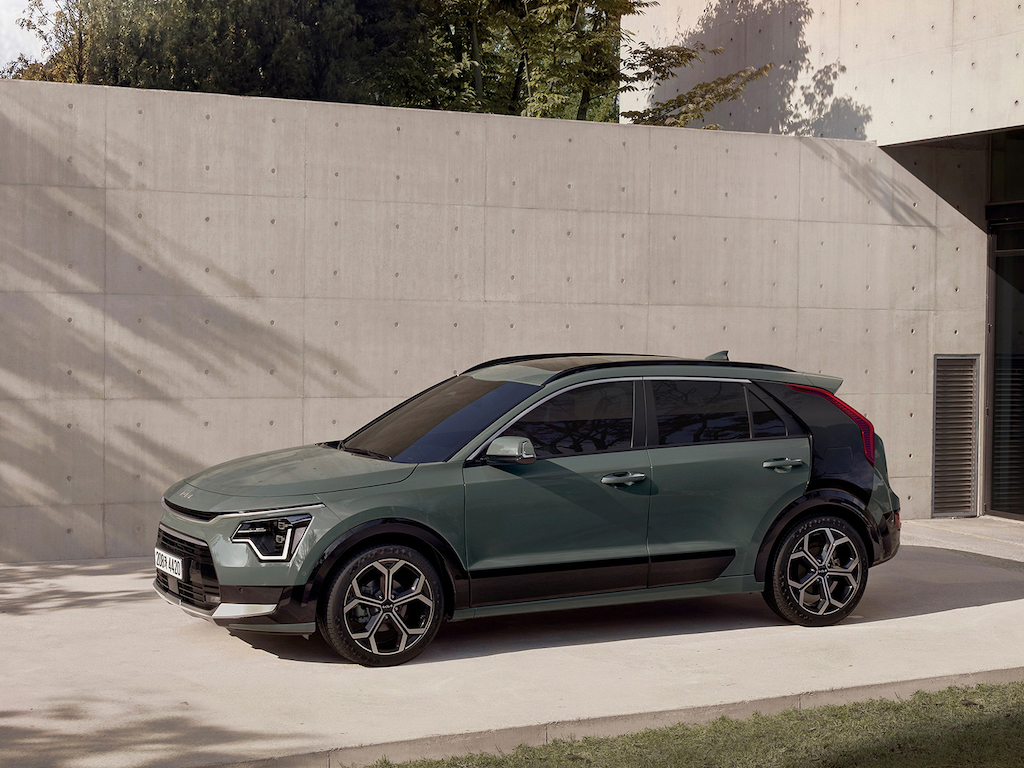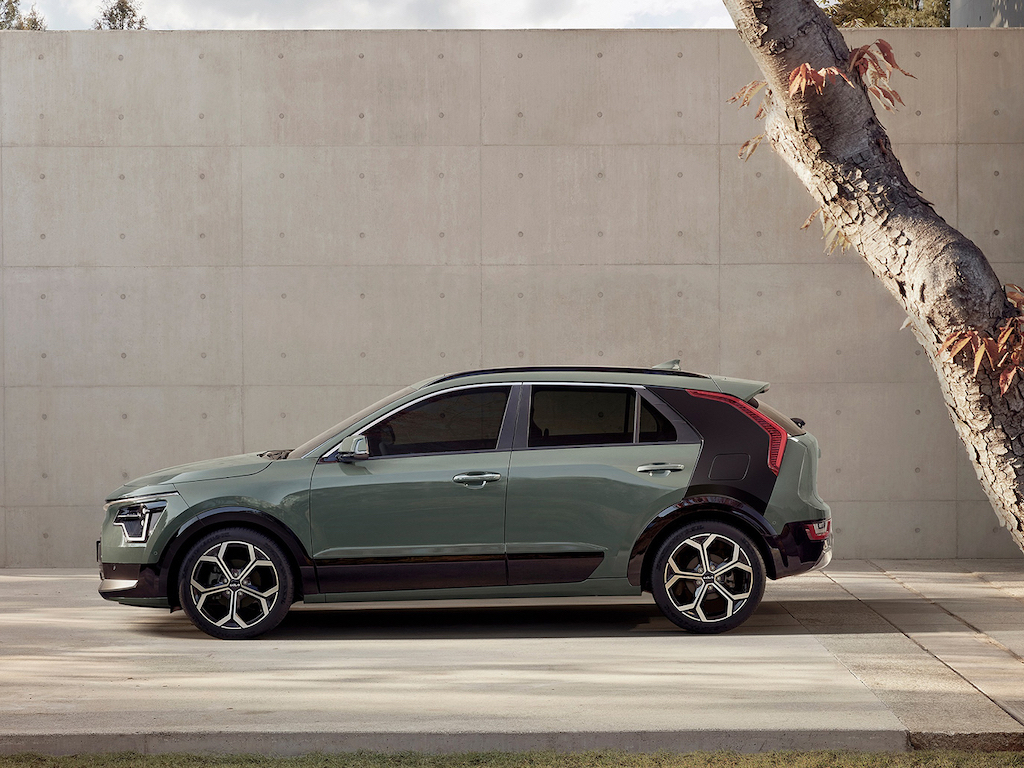Kia reveals hybrid powertrain details for next-gen Niro
Kia has announced further details for its second-generation Niro crossover ahead of its arrival in the coming months.
Debuted late last year at the 2021 Seoul Mobility Show, the Niro is intended to “deliver a step change in sustainable mobility” and will once again be available with hybrid, plug-in hybrid and fully electric powertrains. This will support the brand’s plans to only sell electric and fuel cell vehicles by 2035 in Europe and 2040 in key global markets and to become a ‘Sustainable Mobility Solutions Provider.
While plug-in hybrid models and the fully electric e-Niro will be revealed at a later date closer to market launch, Kia has revealed some details of the hybrid. As with the current model, it will be powered by a 105hp 1.6-litre GDI petrol engine but with improved cooling, friction and combustion technologies. It’s combined with a 43hp electric motor, giving a total output of 141hp, and said to have highly competitive fuel efficiency, capable of 20.8km/l or 58.8mpg imperial based on the Korean standard. Drivers can also choose from a series of regeneration levels to recoup kinetic energy and maximise driving range.
The engine is married up with a second-generation six-speed dual-clutch automatic transmission that’s engineered and optimised to increase efficiency and reduce weight.
The Niro also debuts a new Green Zone Drive Mode that uses geofencing to detect green zones such as residential areas, or nearby schools and hospitals, and automatically switch the car into electric-only drive. The driver can also set up dedicated green zones in the navigation system.
Based on a revised version of the existing platform, the new Niro benefits from a larger body that’s 4,420mm long, 1,825mm wide, 1,545mm high, and with a wheelbase of 2,720mm; up by 65mm, 20mm, 10mm and 20mm respectively. It’s said to bring class-leading interior space and storage capacity; boot space for the hybrid is up by 15 litres to 451 litres VDA, thanks to the battery being relocated.
Suspension and steering system have also been overhauled to ensure a “comfortable and harmonious driving experience”.
Design is heavily inspired by the 2019 Habaniro concept car and includes the latest evolution of Kia’s signature ‘Tiger Face’, two-tone body work and boomerang-shaped rear taillights.
The cabin features an off-centre dashboard with a 10.25-inch panoramic high-definition digital display screen that includes both the instrument cluster and infotainment features. It sits above an integrated infotainment and climate control system.
The interior also evidences Kia’s commitment to sustainability with a focus on recycled materials. The headlining in the cabin is made from recycled wallpaper, the seats are made from Bio PU with Tencel from eucalyptus leaves, and BTX-free paint – a water-based paint formulated to avoid hazardous chemicals – is used on the door panels e.
The new Niro will feature the brand’s latest DriveWise intelligent Advanced Driver Assistance Systems (ADAS), including Forward Collision-Avoidance Assist, Intelligent Speed Limit Assist and Remote Smart Parking Assist, which enables the vehicle to park itself autonomously, activated via the key fob, even when the driver isn’t in the vehicle.
Other onboard tech includes a 10-inch head-up display that displays key driving information, including speed, ADAS data and navigation commands, directly onto the front windscreen.
Drivers can also use the Kia Connect smartphone app to connect with their vehicle remotely, syncing calendars, planning journeys with online navigation and accessing key onboard features including live traffic alerts, local fuel station information and real-time weather forecasts.
More information, including on PHEV models and the e-Niro, will be published ahead of the Niro’s global market launch later this year.




